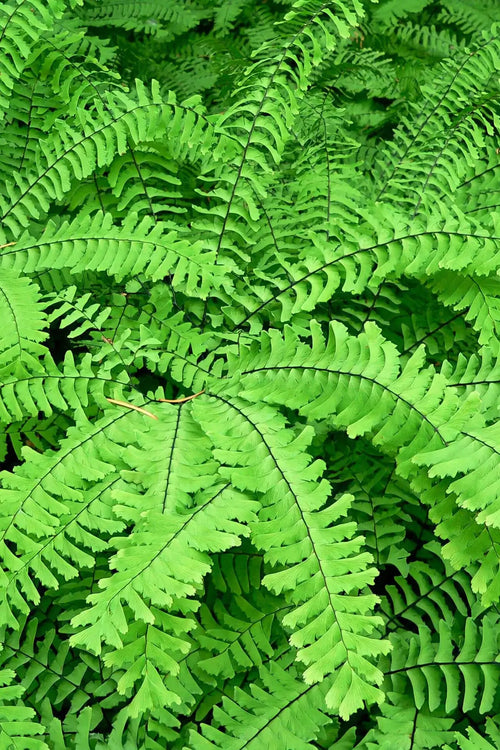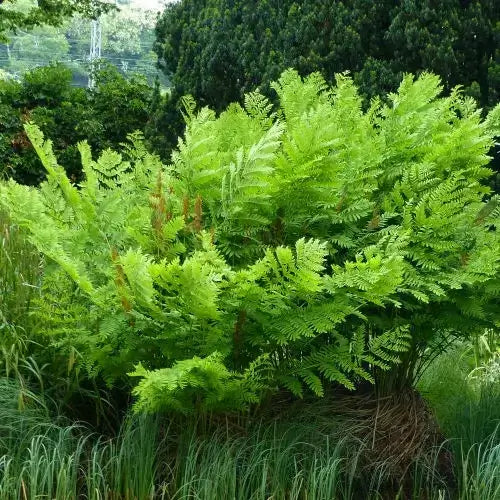Ferns are a diverse group of plants belonging to the species Pteridophyta.
There are numerous species of ferns, each with its unique characteristics. Identifying ferns can be challenging, but several key features can help distinguish different ferns.
Here are some common types of ferns and tips on how to identify them: Boston Fern (Nephrolepis exaltata): Boston ferns have arching fronds with numerous leaflets. The leaflets are usually pinnate (feather-like) and have a distinct serrated margin. These ferns are popular as houseplants and are commonly found in hanging baskets.
Maidenhair Fern (Adiantum spp.): Maidenhair ferns are known for their delicate appearance. They have fan-shaped fronds with small, rounded leaflets often clustered on dark, wiry stalks. The flyers are typically smooth-edged and translucent, giving them a distinctive lacy appearance.
Sword Fern (Nephrolepis exaltata): Sword ferns have long, arching fronds that resemble swords, hence their name. The fronds have numerous lance-shaped leaflets that are slightly toothed along the edges. They are commonly found in gardens and woodland areas.
Bracken Fern (Pteridium aquilinum): Bracken ferns have large, triangular fronds divided into three segments. The segments are further divided into smaller leaflets with serrated edges. Bracken ferns are known for their aggressive growth and are found in various habitats, including open fields and forests.
Royal Fern (Osmunda regalis): Royal ferns are tall and majestic, with large, arching fronds. The leaflets are pinnate and have a typical ladder-like arrangement. When young, they often have a reddish or bronze color, gradually turning green as they mature.
Royal ferns are typically found in wetland areas.
When identifying ferns, it is essential to observe and note the following characteristics: Frond shape: Look at the overall condition of the fronds, whether they are feathery, fan-shaped, or triangular. Leaflet arrangement: Note how the leaflets are arranged on the fronds. They may be pinnate (arranged along a central axis) or palate (radiating from a main point).
Leaflet division: Observe the degree of leaflet division. Leaflets can be simple (undivided), pinnatifid (partially divided), or deeply divided. Leaflet margins: Examine the edges of the leaflets.
They can be smooth, serrated, or lobed. Color and texture: Pay attention to the color and texture of the fronds and leaflets. Some ferns may have unique colors or textures that can aid in identification. Habitat: Consider the environment where the fern is found.
Fern species have specific habitat preferences, such as wetlands, forests, or rocky areas
Remember that fern identification can be complex, and it is often helpful to consult field guides or seek assistance from botanical experts or local plant societies for accurate identification. -- Tn Nursery https://www.tnnursery.net




















































